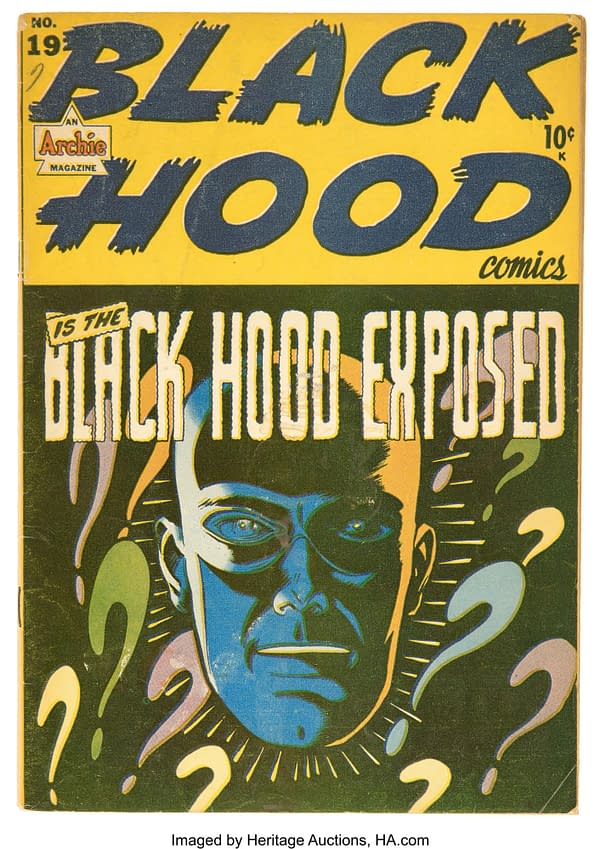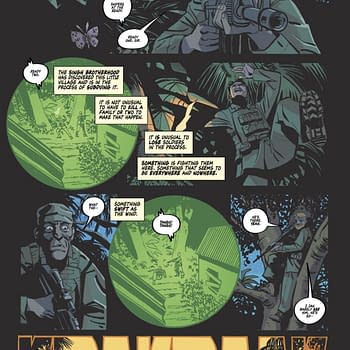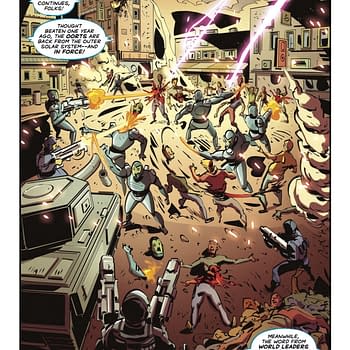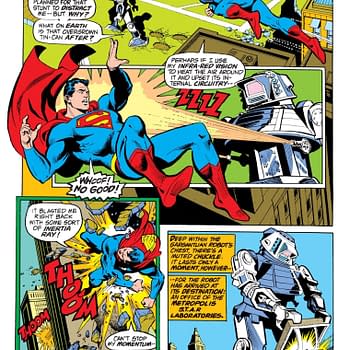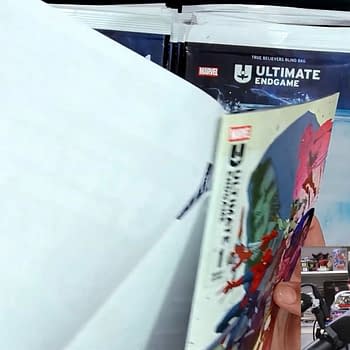Posted in: Comics, Heritage Sponsored, Vintage Paper | Tagged: archie, black hood, MLJ
The Golden Age of MLJ's Black Hood, Up for Auction
A funny thing happened to the Black Hood on his way out of the Golden Age. He was unmasked, and decided to keep fighting crime anyway.
Article Summary
- Black Hood by MLJ veered towards pulp-style crime and horror rather than wartime or superhero themes.
- Black Hood Detective pulp launched shortly after his debut, emphasizing crime and horror adventures.
- Issue #19 includes an early example of a reboot, with Black Hood unmasked and rebranded as a PI.
- Reboot foreshadows post-WW2 shift in comic genres, marking a historic move in superhero comics.
For obvious reasons, MLJ, the publisher that would rebrand itself as Archie, may have had less confidence in the staying power of the superhero genre than most comic book publishers. The Golden Age lifespan of one of its most famous superhero characters, the Black Hood, provides us with another fascinating example of how the publisher navigated the Golden Age of Superheroes. With a name like "Black Hood" and villains like the Ghost and the Skull, the character stuck farther away from wartime exploits and closer to pulp-style crime and horror than most superhero publishers of the era. The Black Hood series itself also included covers and adventures that leaned towards crime and horror rather than war or superheroics (though certainly, MLJ was not alone in this during the period). Of course, MLJ had launched a Black Hood Detective pulp shortly after the character's debut in Top-Notch #9 as well.
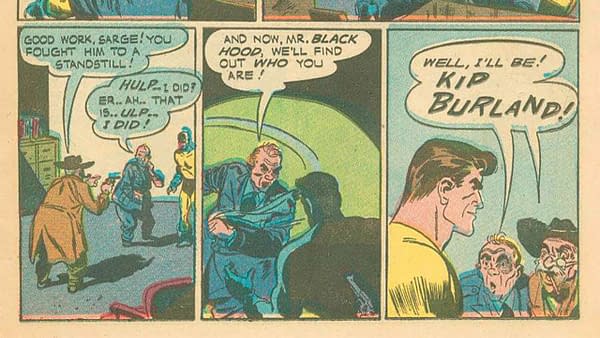
But the end of the character's own series with #19 contains an interesting and clear-cut early example of a comic book reboot. Due to the machinations of a criminal, a police sergeant was able to unmask the hero and reveal his identity. Once his alter ego becomes known, the Black Hood (aka Kip Burland) makes an interesting move — he decides to reboot himself in his real identity as Burland and launch the Black Hood Detective Agency — becoming a private investigator. The change stuck, and although the Black Hood series ends with this issue, he continues as Kip Burland of the Black Hood Detective Agency for two issues in Pep Comics stories afterward.
Despite the fact that even the rebooted Black Hood didn't last long, it's a historically interesting move that seems to be foreshadowed by the tenor of the issues leading up to the series and would seem to indicate that MLJ anticipated the rise of other genres in the comic book industry of the post-WW2 era. Perhaps the earliest example of a superhero reboot,
